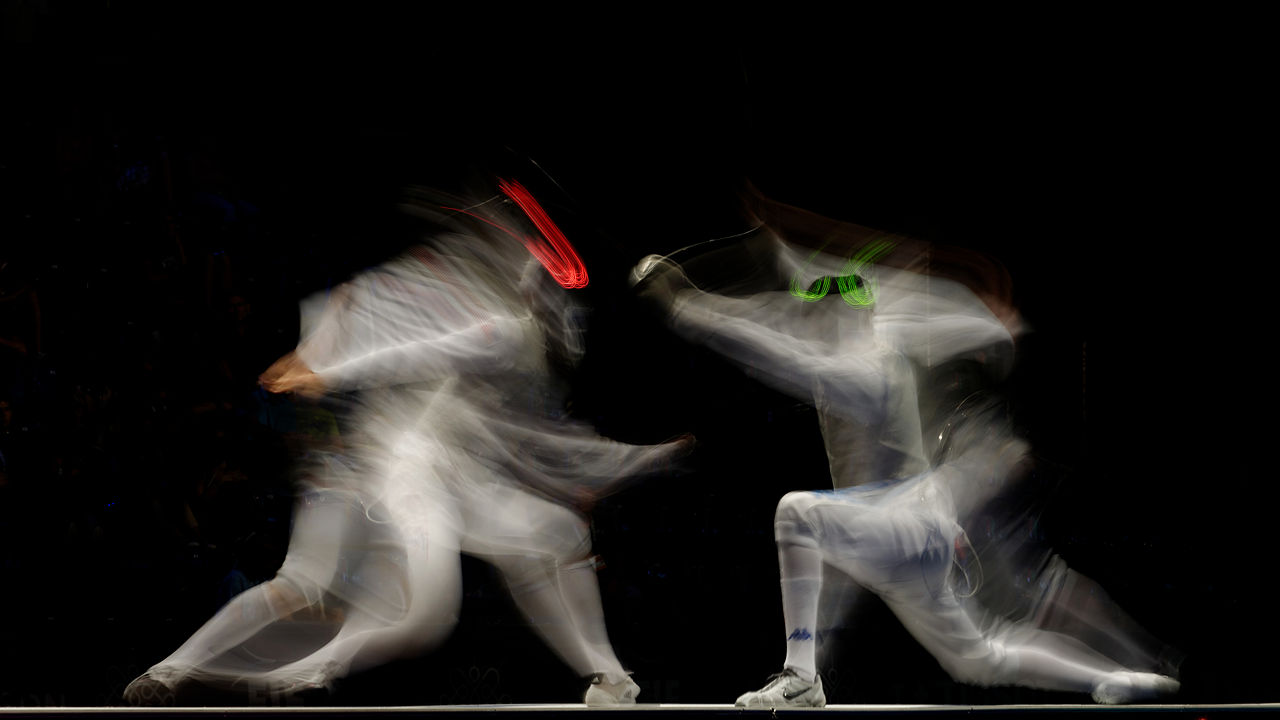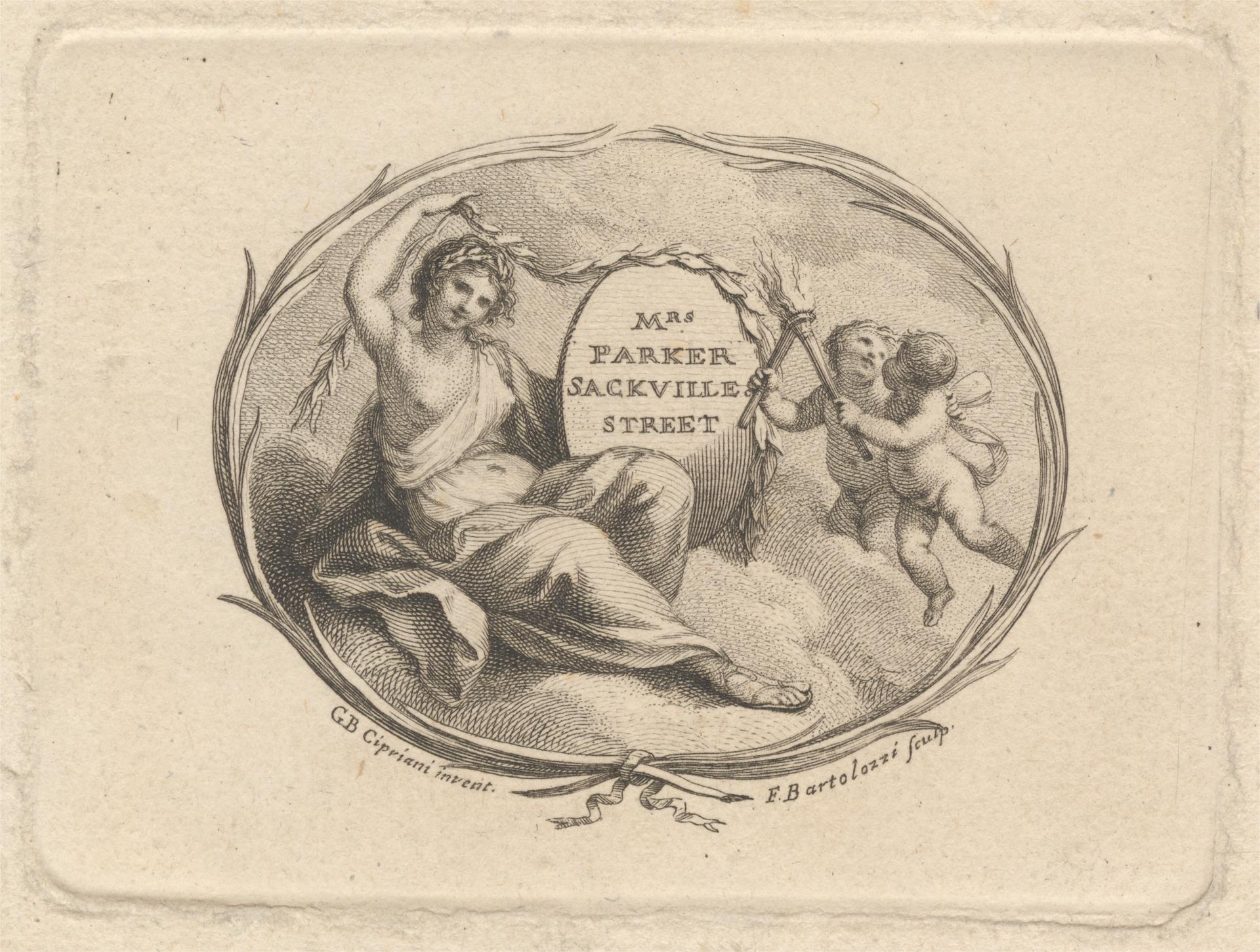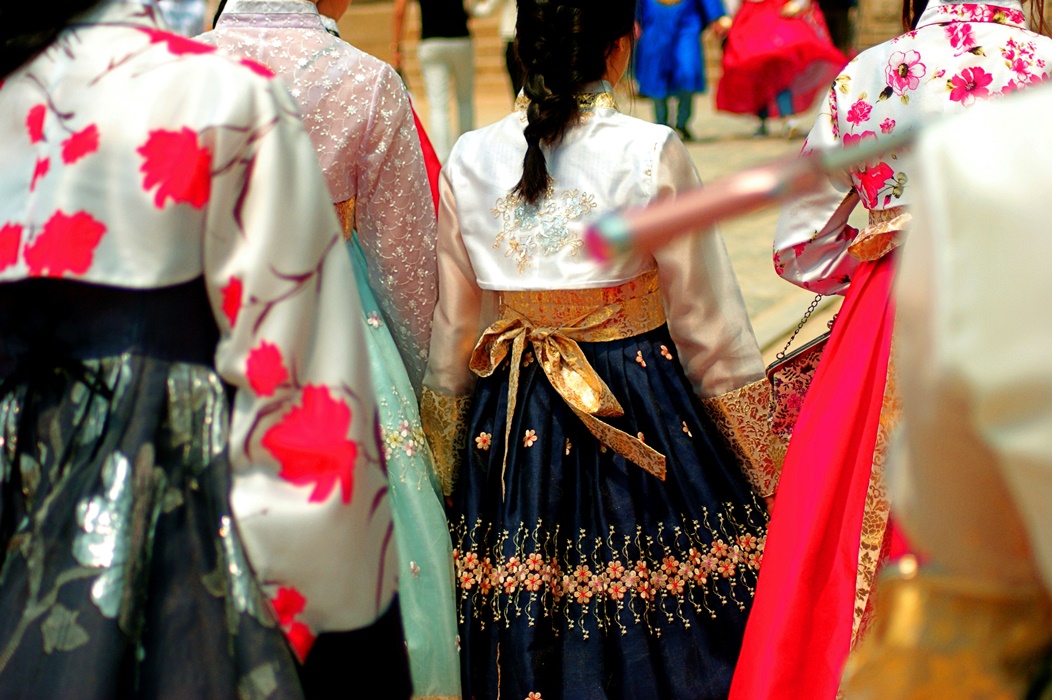Fencing is one of the few sports in history whose uniform helped define the appearance of the modern gentleman.
Long before athletic apparel was a category, aristocratic sports like fencing required attire that balanced elegance with function.
Over time, that balance influenced the construction of tailored clothing, the posture of the wearer, and even the cultural expectation that a man's wardrobe should reflect and that is discipline, restraint, and readiness.
The connection between fencing and menswear began in Renaissance Europe, where the sword was as much a symbol of class as a tool of defense. In France, fencing was considered a necessary component of elite education. In Italy, it was seen as an expression of form and character.
Manuals from the 16th and 17th centuries depict young noblemen in fitted doublets—padded, high-necked garments designed to allow freedom of movement while preserving a sense of propriety.
These garments, which were worn during practice and non-lethal duels, show early signs of what would later become standard in men’s tailoring: precise shoulders, defined waists, and a clean drape through the torso.
From the salle to the tailor's table
As fencing evolved into a formalized sport, its uniform evolved with it. The fencing jacket, often cut to the waist and closed at the side, prioritized mobility and minimized fabric bulk.
Its high, buttonless collar guarded the throat, while the snug fit across the chest and back prevented interference with a fencer’s stance. Sleeves were tapered and reinforced to ensure the weapon arm remained agile but protected.
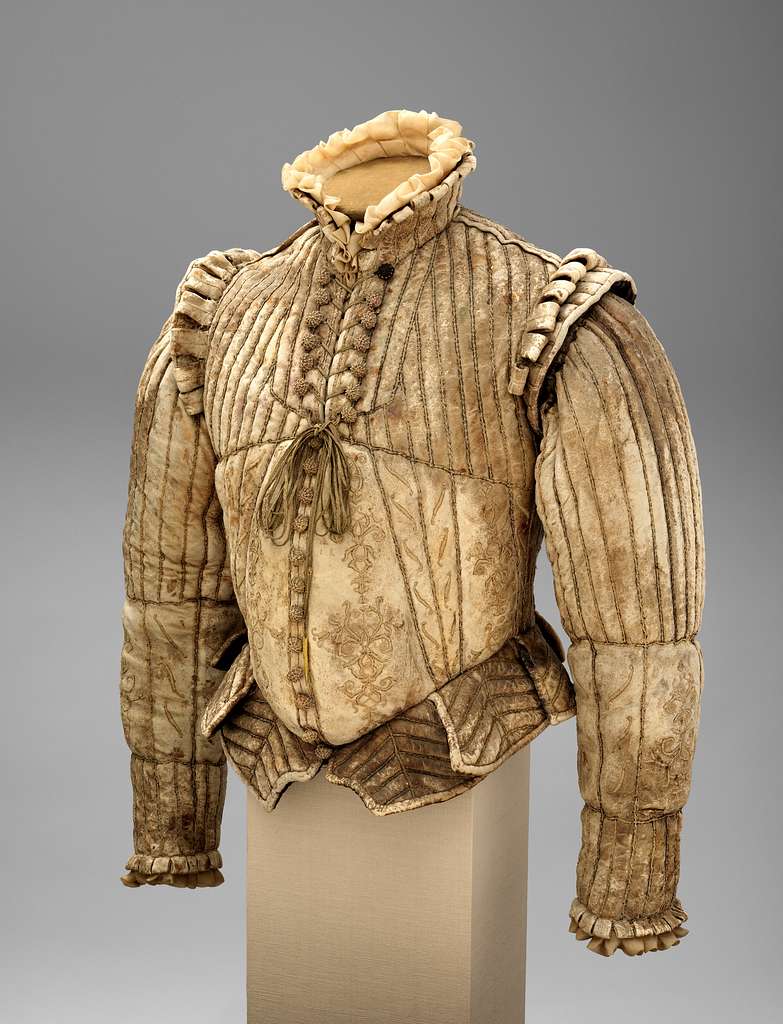
Unlike the decorative military uniforms of the era, the fencing jacket was minimalist by necessity but its elegance came from precision, not embellishment.
In the 18th and 19th centuries, these jackets were made of sturdy canvas or leather, with seams and buttons configured to reduce interference with the sword arm.
The silhouette was lean and close to the body, echoing the fitted coats worn in polite society. However, this overlap wasn’t accidental. Fencing was taught both as a skill and a social code. A man was judged by how he held himself in a duel, how he bowed, and how he recovered.
The Victorian code of composure
By the Victorian era, fencing evolved from a martial necessity into a sport of manners. It was taught in finishing schools and academies, where students learned the art of measured aggression and refined composure.
Domenico Angelo, a celebrated fencing master in London, published treatises that emphasized posture, balance, and elegance over brute force.
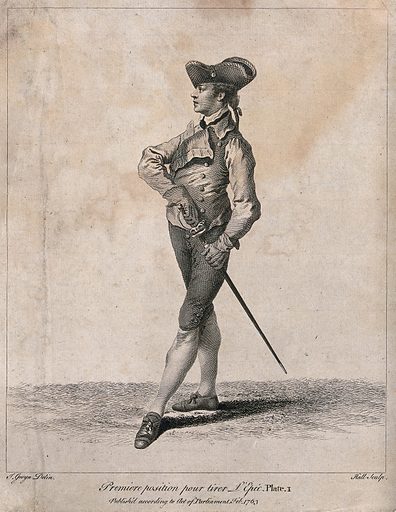
His work had a wide influence on how fencing was perceived in society: not as brawling, but as the cultivation of a particular male ideal. That ideal was calm, erect, and understated, and it would find its sartorial reflection in the rise of structured, minimal tailoring.
Legacy in modern menswear
Modern tailoring, particularly the English and French schools, carries the residue of fencing’s aesthetic values. The high armholes and slim sleeves found in bespoke jackets allow a full range of movement, much like their fencing predecessors.
The absence of extraneous fabric and the focus on clean lines suggest a body in control, a gesture rooted in martial precision. Even the traditional white shirt, long associated with formality, mirrors the fencing uniform's symbolism of discipline and clarity.
Designers have continued to revisit this legacy. Hedi Slimane’s debut collections at Dior Homme, beginning with autumn‑winter 2001–02, introduced an ultra‑slim silhouette tightly fitted through the shoulders and chest, featuring narrow bodies and sharply cut collars, the elements that closely resemble the structure of historical fencing jackets.
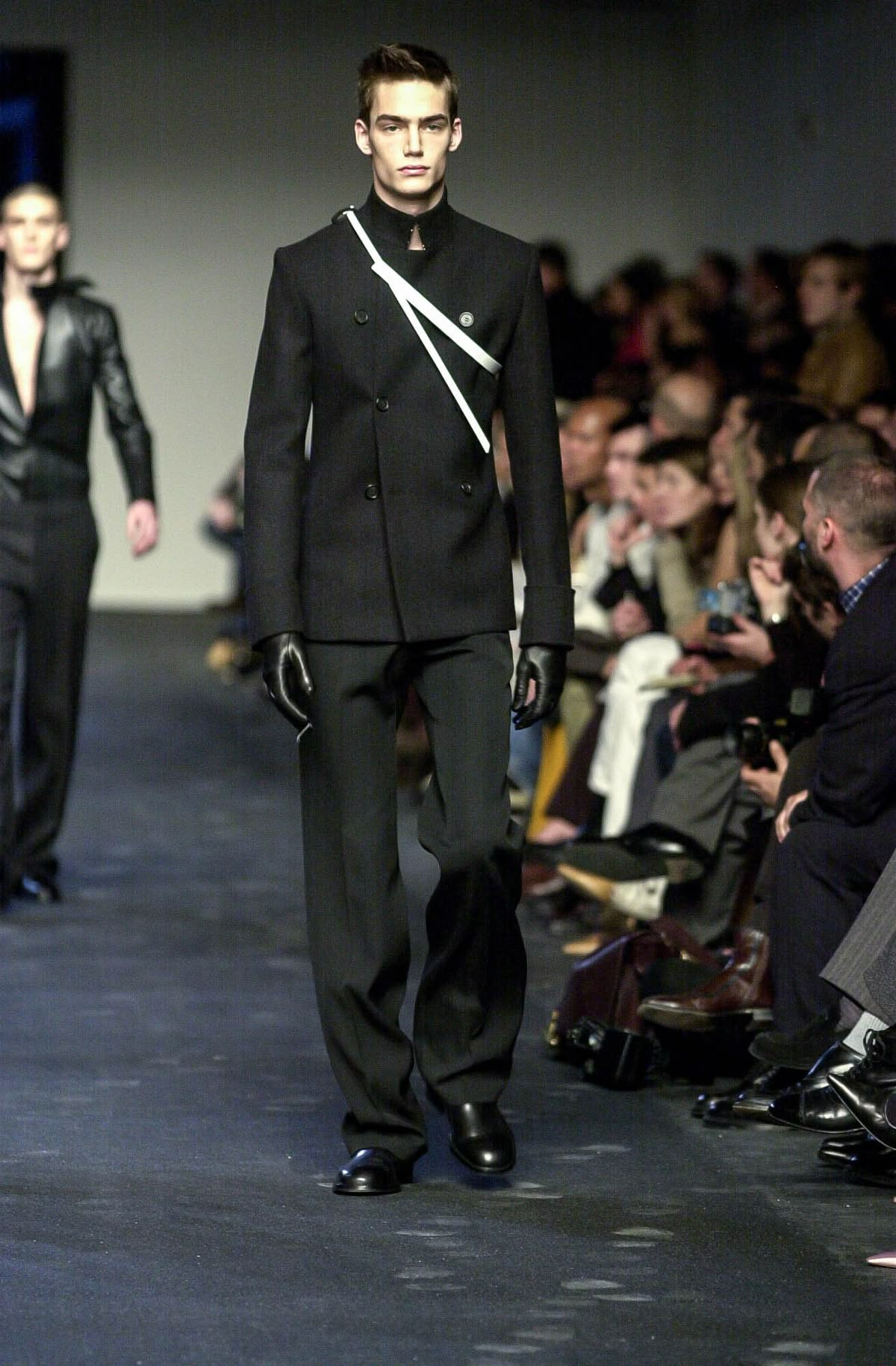
He stripped away any padding or volume, referencing fencing’s minimalist approach, and brought the pose‑perfect silhouette to mainstream menswear. Critics and fashion historians credit these collections as the moment when precision tailoring met youth culture in a way not seen since mid‑century pedigree houses.
A sport that still shapes the silhouette
The fencing uniform is a reminder that menswear, at its best, is not arbitrary. It is shaped by function, refined by tradition, and preserved by the subtle codes of conduct that once governed everything from duels to dinner parties.
In that sense, the influence of fencing on tailoring is not just about appearance. It is about how a man moves through the world: measured, composed, and dressed with purpose.


